Coldest Provinces/Territories In Canada
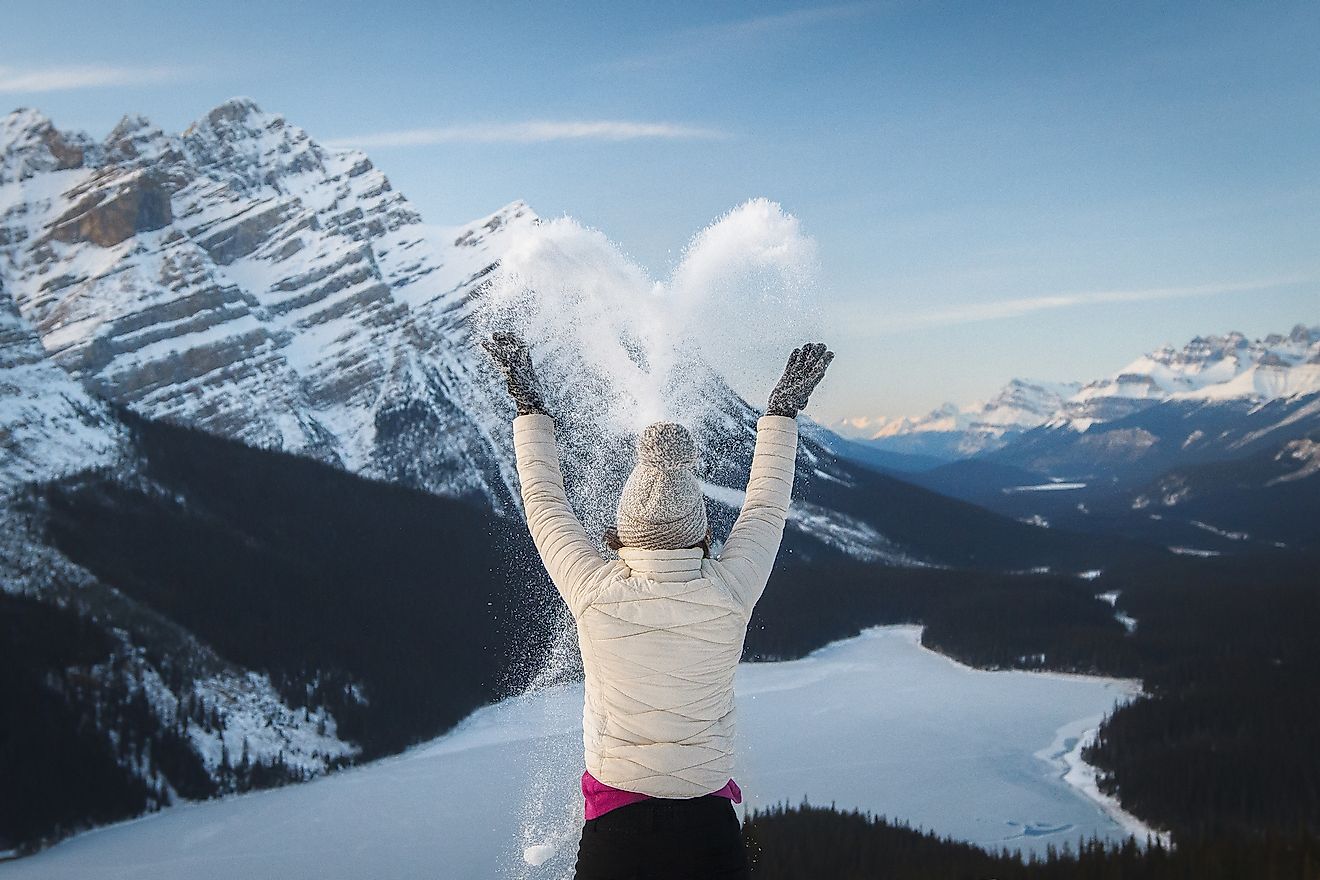
- Snag, Yukon is home to the coldest temperature ever recorded in Canada, hitting −81.4 °F (−63 °C) in 1947.
- Quebec is home to one of Canada's famous winter carnivals.
- Nunavut is the coldest part of Canada, on average.
Canada is known for being the home of the true North, strong and free. As the northernmost country in North America, it has put some icy days and frigid nights on record.
Snow capped mountains, white Christmases, and wind whistling through the pine trees as you ski blissfully downhill: these are just some of its wintery delights. Any way you look at it, while temperatures in the summertime can get hot in Canada, when it comes to wintertime, this country is cold personified.
With land that spans almost 4 million square miles, (almost 10 million square kilometers), the weather will not be the same in every corner of Canada. Here is a look at which provinces and territories will send the biggest chill down your spine.
Nunavut
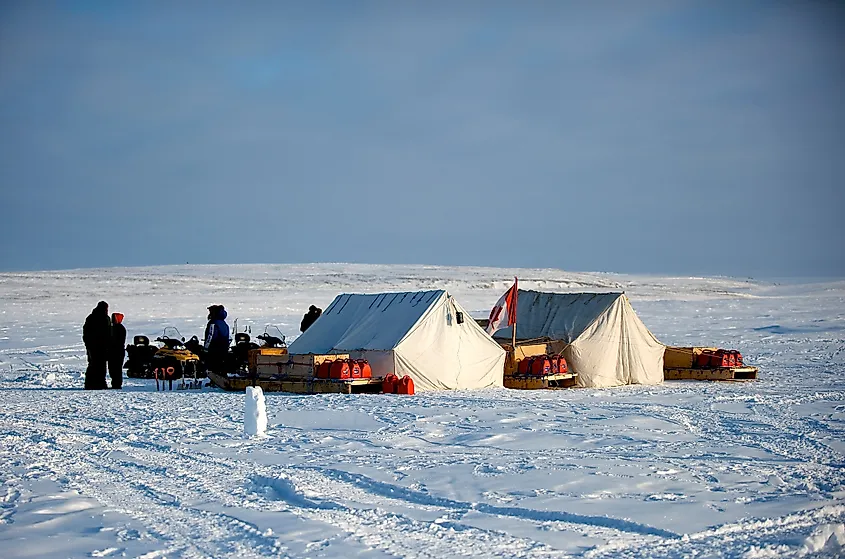
Nunavut takes the cake as the very coldest place in Canada, on average. Eureka, Nunavut, to be specific, is the coldest with an average yearly temperature of −3.5 °F or -19.7 °C. Yes, it generally stays below zero, there!
In fact, as the largest and most northerly territory in the country, Nunavut has had the honour of scoring the coldest average yearly temperature in the country almost every year, since 1948. This territory has had 68 of the extreme coldest years on record, with temperatures dipping in the −60s °F (-50°C ) and it can be rather easy to see why.
Nunavut borders on the Northwest Territories to the west, Hudson’s Bay to the south, and the Arctic Ocean to the north. The land of Nunavut juts into the Arctic Circle, edging close to Greenland.
Grab your parka, mitts, and more if you plan to visit.
Yukon
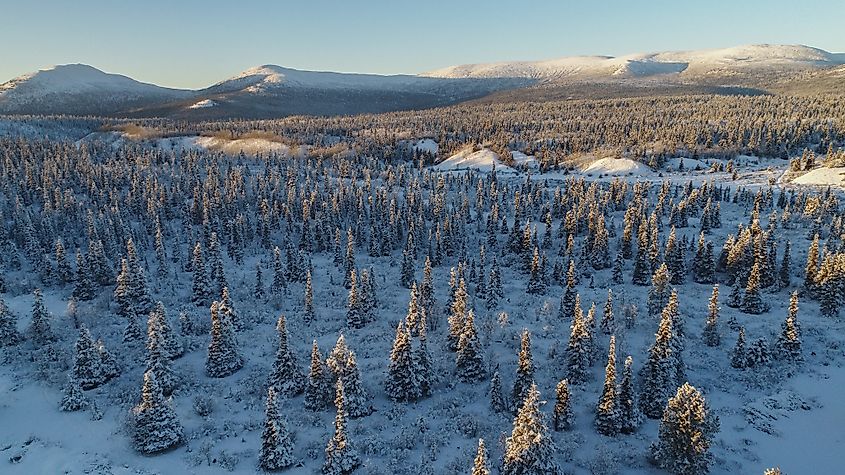
Yukon is no stranger to icy temperatures. This territory is wedged between Alaska and the Northwest Territories, and is home to the coldest temperature ever recorded in Canada.
Snag, Yukon dipped to −81.4 °F (−63 °C) in 1947, no doubt causing some people to stay indoors and tough it out until spring.
Northwest Territories
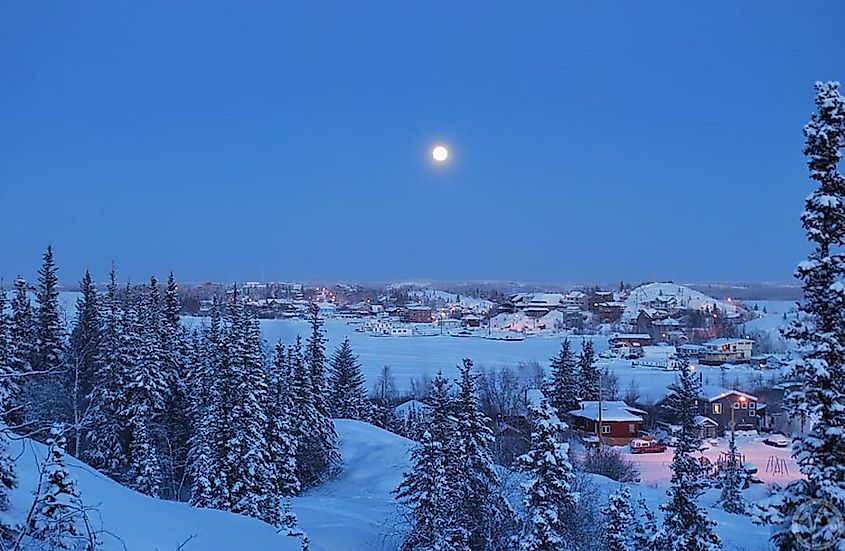
The Northwest Territories sit at the top of Canada between the Yukon and Nunavut. It is best known for its traditional Indigenous people, as well as an economy that revolves around oil and gas exploration as well as fishing, hunting and trapping.
With large sections bordering on the Beaufort Sea and the Arctic ocean, the Northwest Territories gets its own dose of chilly experiences. In 1936, Fort Resolution, Northwest Territories fell down to −75 °F (−59.4 °C). Many other years have seen extreme icy times in the area’s history, meaning its people need to be prepared, and tough, to survive.
Alberta
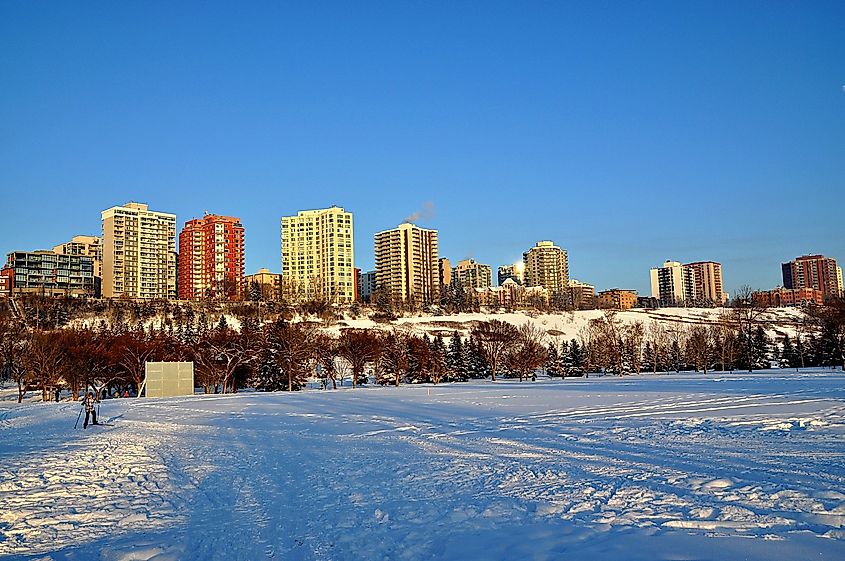
While the province of Alberta sits further south than any of Canada’s three territories, it does border on the Northwest Territories. It also sits beside the wide open prairies of Saskatchewan, and without many large bodies of water nearby to moderate its temperatures. As such, it can also grow to be quite cold.
Places such as Elmworth, Alberta can get to be as low as −62 °F (−52.2 °C) in wintertime. Impressively, at least fourteen times in the province’s history, the coldest extreme minimum temperature in the country was recorded.
For those who love downhill skiing however, the cold temperatures and good snowfall in the Rocky Mountains make Alberta a good destination-at least with the proper winter gear.
Quebec
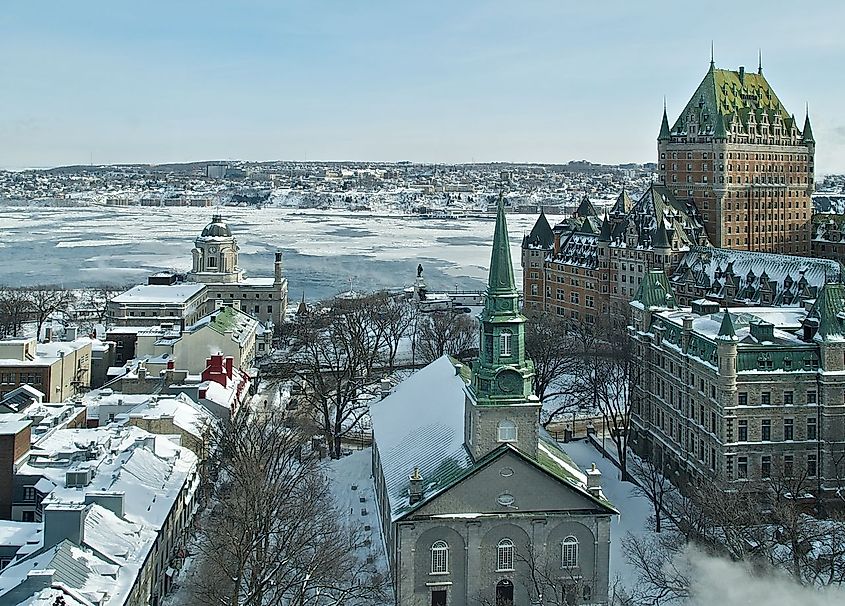
Canada’s official French-speaking province is home to one of the best winter carnivals in the country, and possibly the world. It occurs each year in February and relies on cold weather to maintain its iconic ice palace, outdoor ice skating and massive tubing runs, among other wintery activities. Because of this, and simply because winter weather can be fun overall, it is a good thing that the province of Quebec sees some pretty cold temperatures.
Back in 1923, Doucet, Quebec dipped down to −66 °F, (−54.4 °C), an extreme record low in the country. Many other winters have seen chilly temperatures fill this province with wintery air.
Quebec also gets record snowfalls, and is home to the Laurentian mountains. As such, it is also a solid ski destination.
Land Of Hot And Cold
Canada is a country of extremes. In some of its parts, summer temperatures can reach past an impressive 100 °F (37.7 °C), leaving residents scrambling to stay cool, and farm animals pining for shady spots with some relief. Wintertime always comes around again, however, bringing with it the ice, wind and snow that the country is famous for.
While the majority of Canada’s population lives close to its border with the US in the South, Canadians also roam far north, and manage to survive harsh temperatures and conditions that would leave many people feeling helpless against the forces of nature.
Do you have what it takes to survive a raw Canadian winter? Check out these tips and stay warm.











